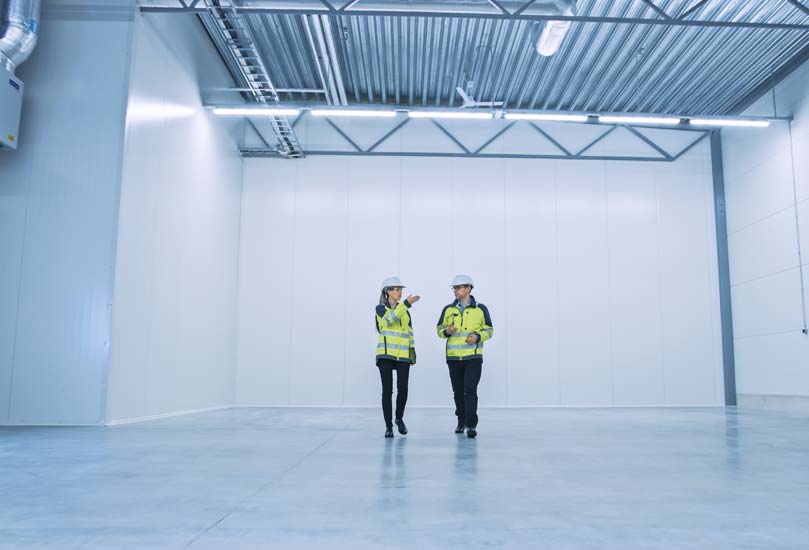In the intricate world of temperature-sensitive logistics, building a cold chain facility is a critical investment for businesses in pharmaceuticals, food distribution, and other industries relying on precise temperature control. This comprehensive guide will walk you through the essential considerations to ensure your cold chain facility meets the highest standards of efficiency, compliance, and reliability.
Understanding the Importance of Cold Chain Infrastructure
Cold chain facilities are more than just large refrigerated warehouses. They are sophisticated ecosystems designed to maintain product integrity from production to delivery. The right facility can mean the difference between preserving valuable goods and experiencing significant financial losses.
1. Location and Site Selection
Choosing the right location is fundamental to your cold chain facility's success:
- Proximity to transportation networks
- Accessibility for trucks and shipping
- Local climate considerations
- Zoning regulations and environmental restrictions
- Future expansion potential
2. Temperature Control Systems
The heart of any cold chain facility is its temperature management:
- Multiple temperature zones (ultra-low, frozen, chilled)
- Redundant cooling systems
- Advanced temperature monitoring technologies
- Backup power generation
- Real-time temperature tracking and alerts
3. Structural Design Considerations
Your facility's design must address unique cold storage challenges:
- Robust insulation materials
- Specialized door and seal technologies
- Vapor barrier protection
- Energy-efficient construction
- Modular design for flexibility
4. Regulatory Compliance and Standards
Navigating complex regulatory landscapes is crucial:
- FDA regulations
- cGMP (Current Good Manufacturing Practice) standards
- WHO pharmaceutical storage guidelines
- Industry-specific compliance requirements
- Regular certification and audit preparedness
5. Technology and Automation
Modern cold chain facilities leverage cutting-edge technologies:
- Automated inventory management systems
- IoT-enabled temperature sensors
- Robotic handling equipment
- Cloud-based monitoring platforms
- Data analytics for predictive maintenance
6. Energy Efficiency and Sustainability
Balancing performance with environmental responsibility:
- High-efficiency refrigeration systems
- Solar panel integration
- Energy management software
- Sustainable building materials
- Carbon footprint reduction strategies
7. Initial Investment and Long-Term Cost Considerations
Strategic financial planning is essential:
- Detailed cost-benefit analysis
- Capital expenditure vs. operational efficiency
- Energy consumption projections
- Maintenance and upgrade potential
- Insurance and risk management
Conclusion: A Strategic Approach to Cold Chain Facilities
Building a cold chain facility is a complex but rewarding endeavor. By carefully considering these key factors, businesses can create robust, efficient, and compliant infrastructure that protects valuable temperature-sensitive products
Don't leave your critical logistics to chance. Our experts at Cold Solutions Services are ready to guide you through every step of your cold chain facility development.
